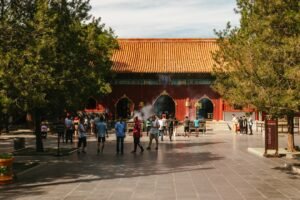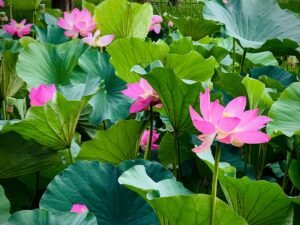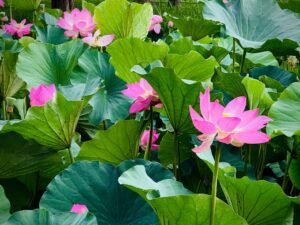
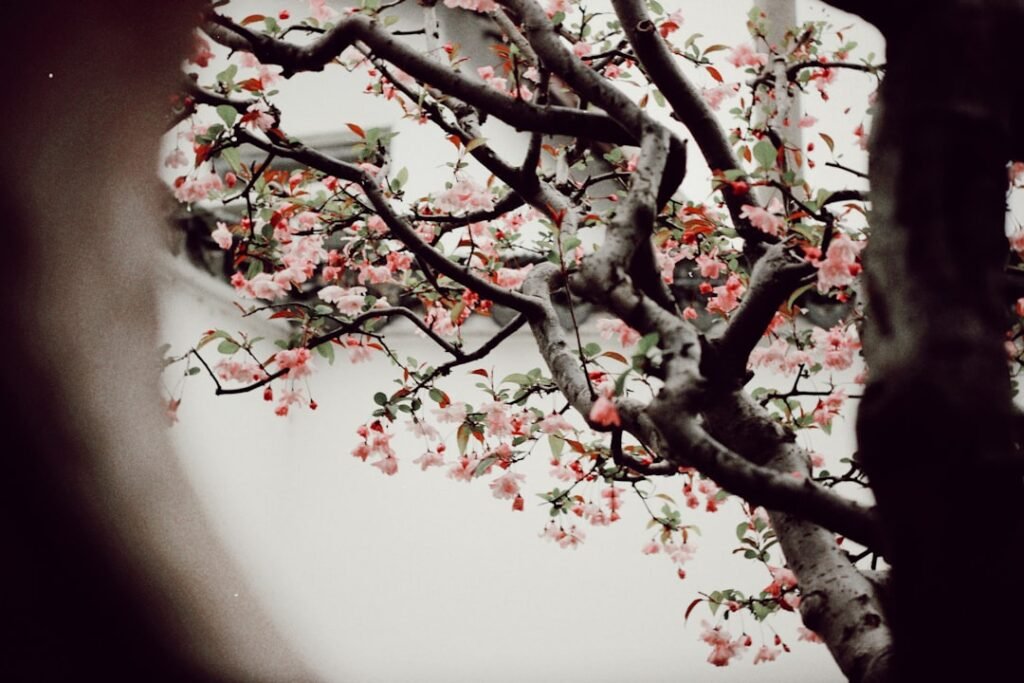
A Guide to Giving Greetings During Chinese New Year
Chinese New Year, also known as the Spring Festival, is a time of renewal and celebration, deeply rooted in tradition and cultural significance. One of the most vital aspects of this festive period is the exchange of greetings. These greetings serve not only as a means of wishing others well but also as a way to reinforce social bonds and express goodwill.
In a culture where respect and familial ties are paramount, the act of greeting during this time carries profound meaning, symbolising hope for prosperity, health, and happiness in the coming year. The importance of greetings during Chinese New Year extends beyond mere words; they encapsulate the essence of the festival itself. As families gather to celebrate, the exchange of greetings becomes a ritual that strengthens connections among relatives and friends.
It is a moment where individuals reflect on the past year while looking forward to new beginnings. The warmth and sincerity behind these greetings foster a sense of community and belonging, making them an integral part of the festivities. Start learning Chinese at the NLS Norwegian Language School in Oslo now!
Table of Contents
ToggleSummary
- Greetings play a crucial role in Chinese New Year celebrations, symbolising respect, well-wishes, and good fortune.
- Traditional greetings like “Gong Xi Fa Cai” (恭喜发财) convey wishes for prosperity and wealth, while “Xin Nian Kuai Le” (新年快乐) expresses general happiness for the new year.
- To say “Happy New Year” in Mandarin, simply say “Xin Nian Kuai Le” (新年快乐) or “Gong Xi Fa Cai” (恭喜发财) for a more prosperous wish.
- Other common Chinese New Year greetings include “Wan Shi Ru Yi” (万事如意) for good luck and “Nian Nian You Yu” (年年有余) for abundance every year.
- Proper etiquette for giving greetings involves using the appropriate titles and honorifics, offering well-wishes sincerely, and reciprocating greetings with equal enthusiasm.
Traditional Greetings and Their Meanings
Traditional greetings during Chinese New Year are steeped in history and often carry auspicious meanings. One of the most common phrases is “Gong Xi Fa Cai” (恭喜发财), which translates to “Wishing you wealth and prosperity.” This greeting reflects the cultural emphasis on financial success and abundance, making it a popular choice among well-wishers. Another widely used expression is “Nian Nian You Yu” (年年有余), meaning “May you have surplus year after year.” This phrase not only conveys wishes for material wealth but also signifies the hope for a life filled with abundance in all aspects.
In addition to these well-known phrases, there are numerous other traditional greetings that reflect various aspects of life. For instance, “Shen Ti Jian Kang” (身体健康) translates to “Wishing you good health,” highlighting the importance of physical well-being in Chinese culture. Similarly, “Xing Nian Kuai Le” (新年快乐) simply means “Happy New Year,” a straightforward yet heartfelt expression that resonates with people of all ages.
Each greeting serves as a reminder of the values cherished within Chinese society, reinforcing the significance of health, happiness, and prosperity.
How to Say “Happy New Year” in Mandarin
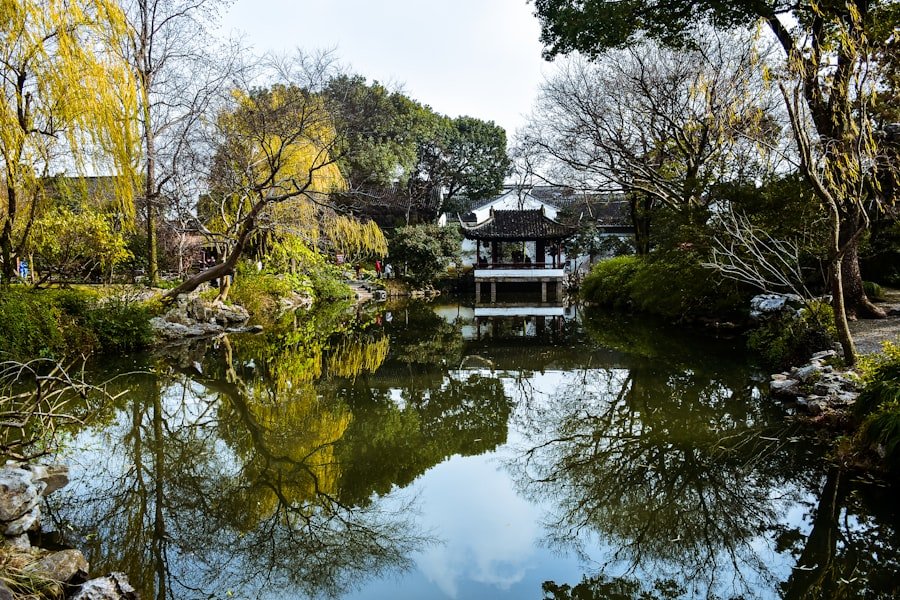
Saying “Happy New Year” in Mandarin is one of the simplest yet most meaningful ways to participate in the festivities. The phrase “Xīn Nián Kuài Lè” (新年快乐) is universally recognised and used among Mandarin speakers around the world. Pronounced as “sheen nyan kwai luh,” this greeting encapsulates the joy and excitement that accompanies the arrival of a new year.
It is often exchanged among family members, friends, and acquaintances alike, making it a staple during the celebrations. In addition to its straightforwardness, “Xīn Nián Kuài Lè” can be accompanied by various gestures or expressions to enhance its sincerity. A warm smile or a slight bow can add a personal touch, making the greeting feel more genuine.
As people gather to celebrate, this phrase becomes a bridge that connects individuals, fostering an atmosphere of joy and camaraderie. Mastering this simple yet powerful greeting can significantly enrich one’s experience during Chinese New Year festivities.
Other Common Chinese New Year Greetings
Beyond the ubiquitous “Xīn Nián Kuài Lè,” there exists a rich tapestry of other common greetings that can be employed during Chinese New Year celebrations. For instance, “Wàn Shì Rū Yì” (万事如意) translates to “May all your wishes come true.” This phrase embodies the hope for success in various endeavours, making it particularly meaningful for those embarking on new ventures in the upcoming year. Another popular greeting is “Cǎi Qīng Fā Zhǎng” (财源广进), which means “May wealth flow in from all directions.” This expression reflects the desire for financial prosperity and abundance.
Moreover, greetings can also be tailored to specific contexts or relationships. For example, one might say “Zhù Nǐ Shēn Tǐ Jiàn Kāng” (祝你身体健康) to wish someone good health, which is especially relevant given the emphasis on well-being during this festive period. Each greeting carries its own unique sentiment, allowing individuals to convey their wishes thoughtfully and personally.
By incorporating these varied expressions into conversations, one can create a more vibrant and meaningful exchange during the celebrations.
Proper Etiquette for Giving Greetings
When it comes to giving greetings during Chinese New Year, proper etiquette plays a crucial role in ensuring that the exchange is respectful and meaningful. It is customary to greet elders first before addressing younger family members or friends. This practice reflects the deep-rooted respect for hierarchy within Chinese culture, where age and wisdom are highly valued.
Additionally, when offering greetings, it is essential to do so with sincerity and warmth, as these qualities enhance the overall sentiment behind the words. Another important aspect of etiquette involves using appropriate body language while delivering greetings. A slight bow or nod can convey respect and humility, while maintaining eye contact demonstrates sincerity.
It is also advisable to avoid overly casual language or slang when addressing elders or formal acquaintances, as this may come across as disrespectful. By adhering to these etiquette guidelines, individuals can ensure that their greetings are received positively and contribute to a harmonious atmosphere during the celebrations.
Non-Verbal Greetings and Gestures
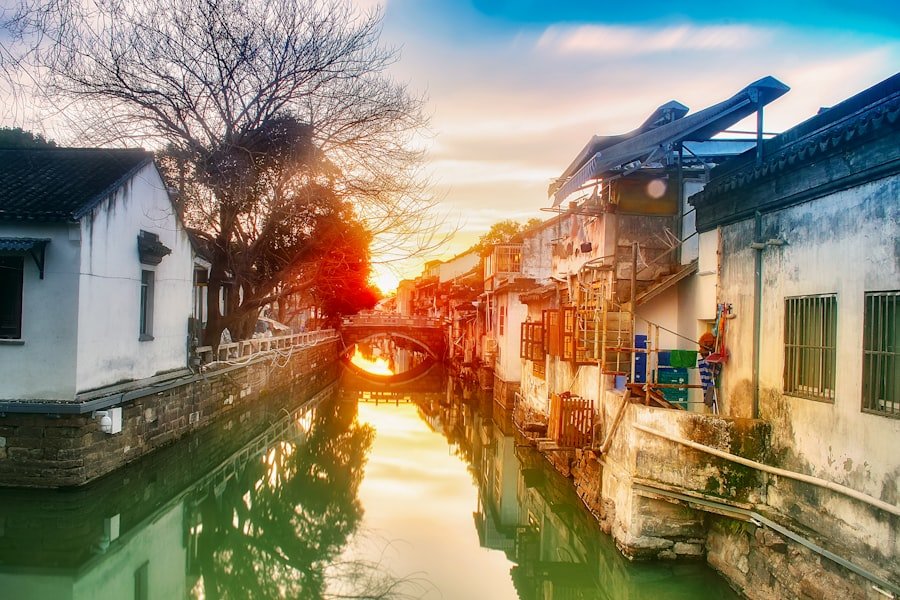
In addition to verbal greetings, non-verbal communication plays a significant role in conveying sentiments during Chinese New Year. Gestures such as handshakes or hugs may be appropriate among friends and younger family members; however, it is essential to gauge the comfort level of others before initiating physical contact. In more formal settings or with elders, a respectful nod or bow may be more suitable.
Another common non-verbal gesture during this festive period is the giving of red envelopes (hongbao). These envelopes typically contain money and are presented as a symbol of good luck and prosperity. The act of giving and receiving red envelopes is often accompanied by verbal greetings, creating a harmonious blend of both verbal and non-verbal communication that enhances the overall experience of Chinese New Year celebrations.
Greetings for Different Generations and Relationships
When exchanging greetings during Chinese New Year, it is essential to consider the generational differences and relationships involved. For instance, when addressing grandparents or older relatives, one might use more formal language and expressions that reflect respect. Phrases such as “Wishing you longevity” (祝您长寿) can be particularly meaningful when directed towards elders, acknowledging their wisdom and experience.
Conversely, when greeting younger family members or friends, a more casual approach may be appropriate. Using playful language or light-hearted expressions can create an atmosphere of joy and camaraderie among peers. Tailoring greetings based on generational differences not only demonstrates cultural awareness but also fosters deeper connections within families and social circles.
Greetings for Business and Formal Settings
In business contexts or formal settings during Chinese New Year, greetings take on a more professional tone while still retaining elements of warmth and goodwill. A common phrase used in these situations is “Gong Xi Fa Cai” (恭喜发财), which conveys wishes for prosperity in business ventures. Additionally, one might say “Zhù Nǐ Gōng Sī Jìn Xíng” (祝你公司进步), meaning “Wishing your company progress,” which reflects a desire for mutual success in professional relationships.
When exchanging greetings in formal settings, it is crucial to maintain an air of professionalism while still expressing genuine goodwill. A firm handshake accompanied by a respectful nod can enhance the sincerity of the greeting. Furthermore, presenting small gifts or tokens of appreciation can also be an excellent way to convey respect and foster positive relationships in business environments during this festive season.
Greetings for Friends and Family
Among friends and family, greetings during Chinese New Year are often infused with warmth and affection. Phrases such as “Xīn Nián Kuài Lè” (新年快乐) are frequently exchanged among loved ones, accompanied by hugs or playful banter that reflects close relationships. The atmosphere is typically filled with laughter and joy as families come together to celebrate their shared bonds.
Additionally, personalised greetings can add an extra layer of thoughtfulness to exchanges among friends and family. For instance, one might say “Wishing you happiness in your studies” (祝你学习进步) to younger relatives or friends who are students. Such tailored expressions not only convey good wishes but also demonstrate genuine care for one another’s aspirations and well-being.
Greetings for Strangers and Acquaintances
When it comes to greeting strangers or acquaintances during Chinese New Year, it is essential to strike a balance between friendliness and formality. A simple “Xīn Nián Kuài Lè” (新年快乐) is often sufficient when meeting someone for the first time or when addressing acquaintances at gatherings. This universal greeting serves as an icebreaker that fosters goodwill without being overly familiar.
In more formal situations or when meeting someone of higher status, it may be appropriate to use additional phrases such as “Wishing you success in your endeavours” (祝你事业成功). This approach conveys respect while still maintaining a friendly tone. By being mindful of context and relationship dynamics, individuals can navigate greetings with strangers or acquaintances gracefully during this festive season.
Modern and Creative Ways to Give Greetings
As society evolves, so too do the ways in which people exchange greetings during Chinese New Year. In today’s digital age, many individuals opt for modern methods such as sending e-cards or using social media platforms to convey their wishes. These digital greetings often incorporate vibrant graphics and animations that capture the festive spirit while allowing for creativity in expression.
Moreover, some people have taken to creating personalised videos or voice messages to share their greetings with loved ones near and far. This modern approach adds a personal touch that transcends geographical boundaries, allowing individuals to connect with family and friends regardless of distance. By embracing these contemporary methods alongside traditional practices, individuals can create a rich tapestry of greetings that honour both heritage and innovation.
In conclusion, the significance of greetings during Chinese New Year cannot be overstated; they serve as vital expressions of goodwill that strengthen social bonds across generations and relationships. From traditional phrases steeped in meaning to modern methods of communication, each greeting contributes to the vibrant tapestry of this cherished festival. As we celebrate this joyous occasion, let us remember the power of words—both spoken and unspoken—and continue to share our hopes for prosperity, health, and happiness with those around us.
For those interested in deepening their understanding of these cultural nuances through language learning, NLS Norwegian Language School in Oslo offers comprehensive Chinese courses tailored for various proficiency levels. These courses not only cover essential vocabulary but also delve into cultural contexts that enrich one’s appreciation for traditions like Chinese New Year. By enrolling in these courses at NLS, learners can gain valuable insights into effective communication within this vibrant culture while mastering the language itself—an invaluable asset for anyone looking to engage meaningfully with Chinese traditions and celebrations.
Register for a Chinese class at the NLS Norwegian Language School now!
If you want to learn Norwegian, you can register for classes here. We look forward to hearing from you and helping you become fluent in Norwegian.

